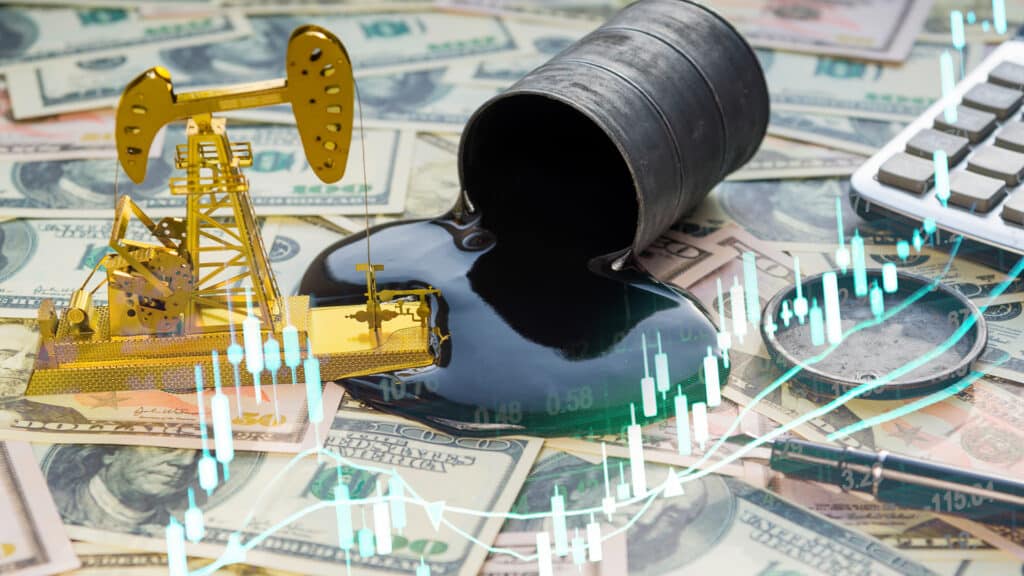Oil prices surge against the backdrop of attacks on Russian refineries

Asian exchanges reported a 4% increase in oil prices compared to last week as analysts predict a decline in oil supply as attacks on the Russian energy infrastructure continue, according to Reuters.
As of March 18, the cost of Brent Crude futures for oil supply in May increased by $0.32 (0.4%) to $85.66 per barrel. The cost of April’s contract for West Texas Intermediate (WTI) increased by $0.40 (0.5%) to $81.44, while the cost of May’s contract for WTI rose $0.37 (0.5%) to $80.95 per barrel.
«Drone attacks against Russian refineries last week added a $2 to $3 risk premium,» says Vandana Hari, the founder of Vanda Insights, an oil market research company.
Several refineries were hit by the drone attacks in the first quarter in Russia. These facilities account for 7% of the country’s oil processing capacity, according to Reuters. These refineries process and export oil to several markets including China and India.
On March 16, the Slavyansk oil refinery in the Krasnodar region of Russia reported a fire after a drone attack. The plant processes 8.5 million tons of crude oil per year or 170,000 barrels per day.
The surge in oil prices follows not only attacks on Russian refineries but also events in the Middle East. On March 17, Prime Minister of Israel Benjamin Netanyahu confirmed that despite international pressure, the Israeli army would enter the city of Rafah at the border between Egypt and the Gaza Strip, where more than one million Palestinians have found temporary shelter. The German Chancellor Olaf Sholz said that this move would jeopardize peace in the region.
The aforementioned oil contracts were growing in the middle of March despite a slight decline on Friday. In February, Brent and WTI prices fluctuated between $82.41 to $85.81 and $78.02 to $81.07, respectively. On March 14, both contracts reported a high surge after the International Energy Agency issued quite an optimistic report.
The agency, representing developed economies, strengthened its forecast for the fourth time since November. Attacks by Hussites in the Red Sea resulted in many oil tankers changing their routes. This caused a decline in oil stocks available for customers. The agency has also predicted a slight deficit in supply this year.
Since the beginning of this year, the market value of Brent and WTI has grown by 15% and 12%, respectively.

